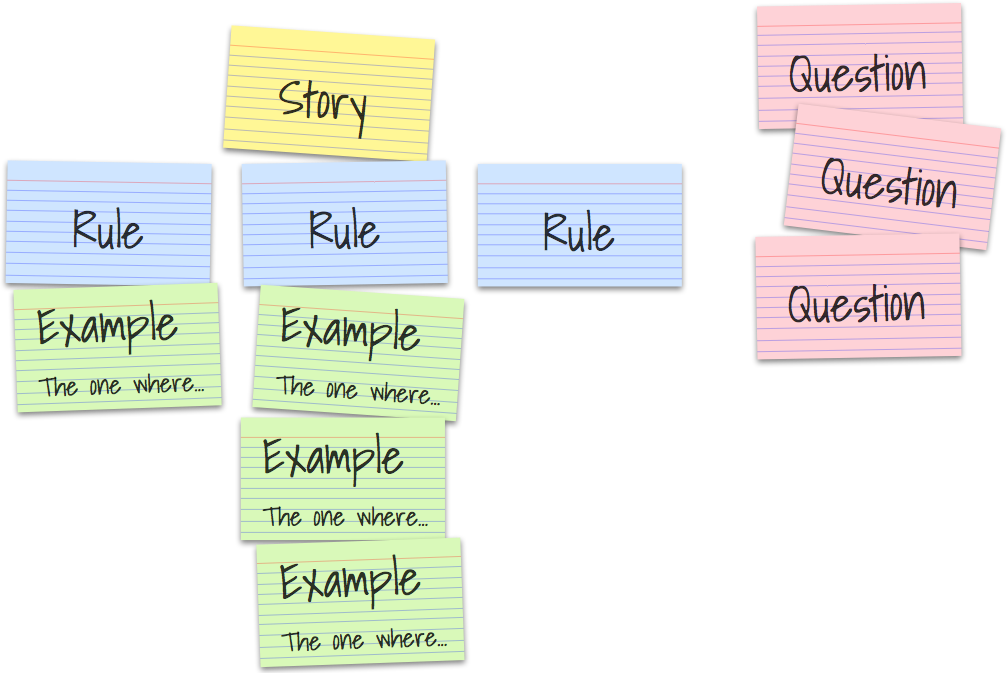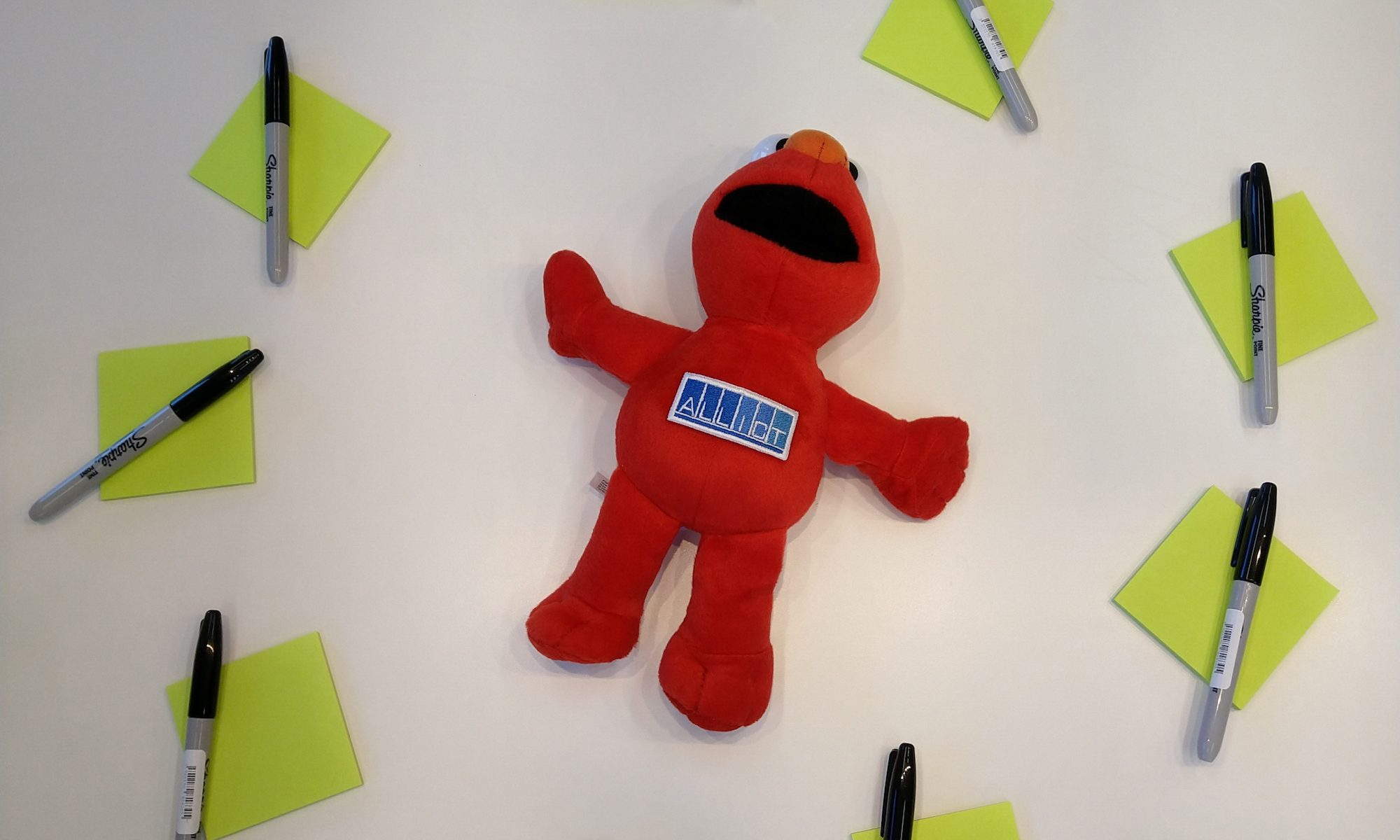https://mdalmijn.com/p/escaping-story-points-with-right
6 Common Mistakes When Using Spikes
Backlog Refinement Single Team Scrum
14 Success Principles of the Product Backlog Refinement
Next Level Story Mapping: OKR Mapping
Job-to-Be-Done Canvas
6 common mistakes when using spikes
Introducing Example Mapping
Example mapping is a great way to have a discussion about your user stories and can be used to make refinement sessions more interactive.

Read all about it here: https://cucumber.io/blog/example-mapping-introduction/
Agile35 cards which will improve your backlog refinement process and engage every team member
This article describes an interesting card game that will help you improve your refinement process: https://hackernoon.com/35-cards-which-will-improve-your-backlog-refinement-process-and-engage-every-team-member-54f929fdd282
Liberating Structures and (distributed) Scrum Events
For an upcoming meetup I’m preparing a session on how to use LS for Scrum Events and especially events where the participants are distributed and joining the event remotely.
Here’s a brief overview of some LS that can be used for the different Scrum events. I’ve marked all structures with an * that I’ve used myself in a distributed setting.
Refinement / Planning
- *1-2-4-All (examples)
- WINFY – What I Need From You (examples)
- Improv Prototyping (examples)
- *Troika Consulting (examples)
- *TRIZ (examples)
- Ecocycle Planning (examples)
- *Nine Whys (examples)
- Wicked Questions
- Integrated~Autonomy
- *Min Specs
- *Conversation Café (examples)
- *Celebrity Interview
- Critical Uncertainties (examples)
- Panarchy
- P2P – Purpose-To-Practice
- Future~Present (examples)
Daily Scrum
- *1-2-4-All (examples)
- *W³ – What, So What, Now What (examples)
- Design StoryBoards
- *15% Solutions (examples)
- *Conversation Café (examples)
Sprint Review
- 10×10 Writing (examples)
- *1-2-4-All (examples)
- Shift & Share
- Wise Crowds
- Caravan (mash of Shift & Share with Wise Crowds)
- Gallery Walk (examples, examples)
- *UX Fishbowl (examples)
- *15% Solutions (examples)
- Troika Consulting (examples)
- *W³ – What, So What, Now What (examples)
- 25/10 Crowd Sourcing (examples)
- Ecocycle Planning (examples)
- Open Space Technology
- Min Specs (examples)
- Mad Tea (examples)
- Ecocycle Planning (examples)
Sprint Retrospective
- *1-2-4-All (examples)
- *W3 – What, So What, Now What (examples)
- *15% Solutions (examples)
- Troika Consulting (examples)
- *Appreciative Interviews (examples)
- Ecocycle Planning (examples)
- *TRIZ (examples)
- *Nine Whys (examples)
- DAD – Discovery & Action Dialogue
- Helping Heuristics
- *Conversation Café (examples)
- HSR – Heard, Seen, Respected
- Positive Gossip
- 25/10 Crowd Sourcing (examples)
- *Spiral Journal
- Myth Turning (examples)
- Critical Uncertainties (examples)
On the liberating Structures website you can find a design checklist for virtual meetings. Since the link is currently no longer working, you can find the document here:
